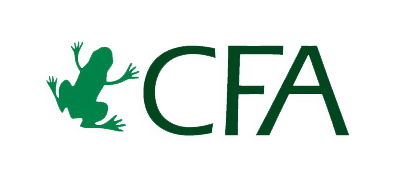Welcome to the Conservation Finance Guide. The overall goal is to provide practical tools to support the rapid expansion of sustainable finance mechanisms that generate long-term funding for biodiversity conservation.

Welcome to the Conservation Finance Guide. The overall goal is to provide practical tools to support the rapid expansion of sustainable finance mechanisms that generate long-term funding for biodiversity conservation.

This section provides detailed guidance and associated practice standards for the design, implementation, and evaluation of systems for entrance and activities fees. The guidance is not comprehensive; each area and country have their own specificities and challenges. Many systems have been established and improved through trial and error and, although we are seeking to minimize the error, there are likely to be many trials regardless.
Entrance and activity fees are one group of options in a broad range of potential financing mechanisms for PAs. The goal of the scoping phase should be to establish whether they are a good approach for the PA, or PA system in question, relative to other options. The management authority, in consultation with other stakeholders, should determine the general need and purpose of such revenues and which mechanism(s) are likely to be successful. This is best conducted as part of a system-wide strategy and individual PA (or site) business plan. The output should be a clear tourism strategy that summarizes the findings of the scoping phase and specifies additional information that will be needed during the next phase. Questions for consideration include the following:
Motivation: What are the reasons for the PA authority to develop an entrance or activity fee system (e.g. generating profit, recovering costs, managing visitor numbers, promoting learning, generating local business opportunities), and how might revenues be allocated?
Previous experience: Does the PA have any existing tourism-based finance mechanisms; and, if so, how would the new mechanism complement these?
Stakeholders: Who will be the essential stakeholders in the process?
Market demand: How accessible, unique, and aesthetically attractive is the site? What is the level of infrastructure and development? How does the site link with existing destinations?
Legal framework: Is there an official management and business plan in place? Are laws and regulations appropriate (e.g. do they allow for PA authorities to set and collect fees and reinvest revenues into conservation?) Is it possible to establish a legal entity and/or make policy adjustments possible to ensure revenues are allocated for conservation?
Management: Are there strong management and technical skills available?
Financial support: How could start-up costs be covered? Are accounting and audit systems in place to capture and report financials and metrics?
These initial scoping questions should identify if there are any major red flags (reasons that the mechanism will probably fail) and if so, whether they are surmountable. If there are significant risks or likely blockages, the initial focus should be on addressing those issues before advancing to the feasibility phase. High risk, low attractiveness, or low capacity would be reasons to seek other finance solutions for the site.
Overview
1. Understanding Entrance and Activity Fees
1.2 Stakeholders
1.3 Potential in Monetary Terms
1.4 When is it Feasible and Appropriate?
1.5 Strengths, Risks, and Challenges
2. Methodology
2.1 Scoping
2.2 Feasibility
2.3 Design
2.4 Implementation
2.5 Monitoring, Evaluation, and Adaptive Management
3. How to Improve the Impact of Existing Systems
Appendix: Generic Terms of Reference (ToR) for a Feasibility Assessment